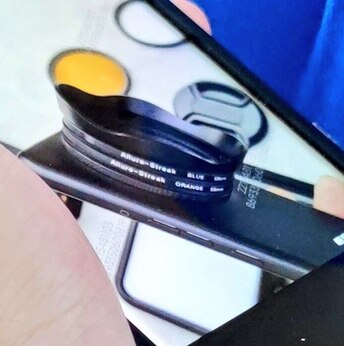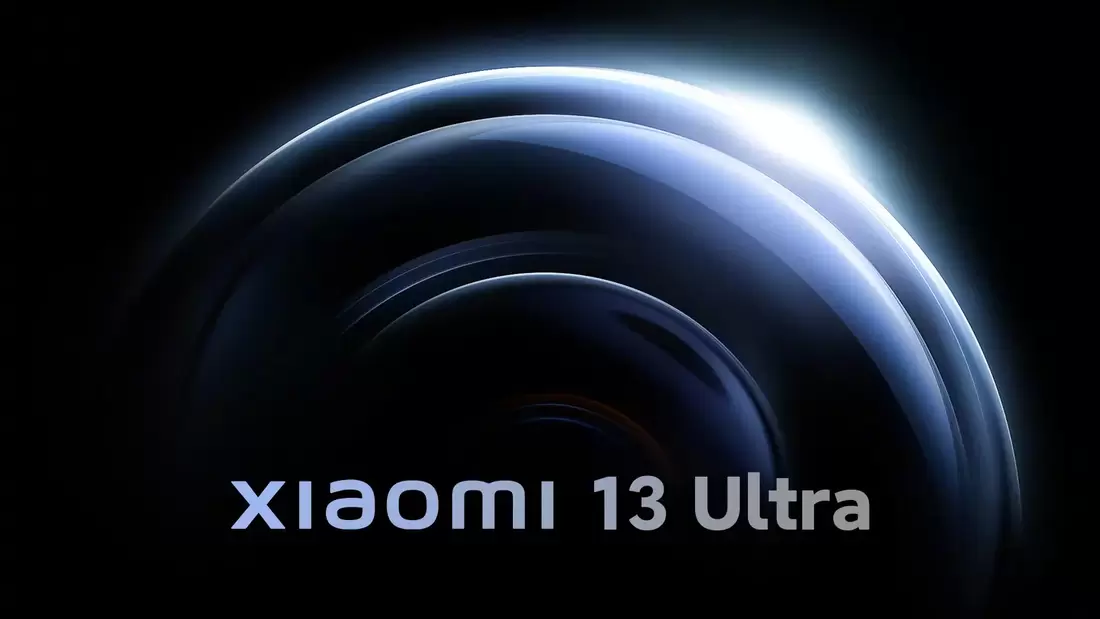While the listing did not explicitly mention the Xiaomi 13 Ultra, it's highly likely that this will be the phone in question. Xiaomi has already confirmed that the 13 Ultra will feature a Leica-tuned camera system, similar to the 12S Ultra and the 13 series. But what else do we know about this highly-anticipated smartphone?
The phone will have a large 6.7-inch AMOLED display with a 2K resolution. The display will be curved towards the edges, providing an immersive viewing experience. Additionally, the screen will have a hole-punch cutout at the top for the front camera, which will not obstruct the display. The LTPO panel will allow for a refresh rate of between 1Hz and 120Hz, making it a smooth and fluid display.
The Xiaomi 13 Ultra will have a powerful 4900mAh battery under the hood, which will provide long-lasting battery life. It will also support up to 90W wired fast charging and 50W wireless charging, allowing users to quickly charge their phone on-the-go.
The highlight feature of the phone is undoubtedly its camera system. It is rumored to have a quad-camera setup on the back, featuring a giant circular camera module with a 1-inch 50MP Sony IMX989 main camera sensor. The camera will be accompanied by three more 50MP sensors, including one for ultra-wide shooting and two for telephoto zoom shots. Additionally, the phone is tipped to offer a periscope lens. For selfies, the phone will come with a 32MP front camera sensor.
The Xiaomi 13 Ultra will run Android 13 out of the box and have a layer of MIUI 14 on top, providing a smooth and user-friendly interface.
Author
-Anurag



 RSS Feed
RSS Feed